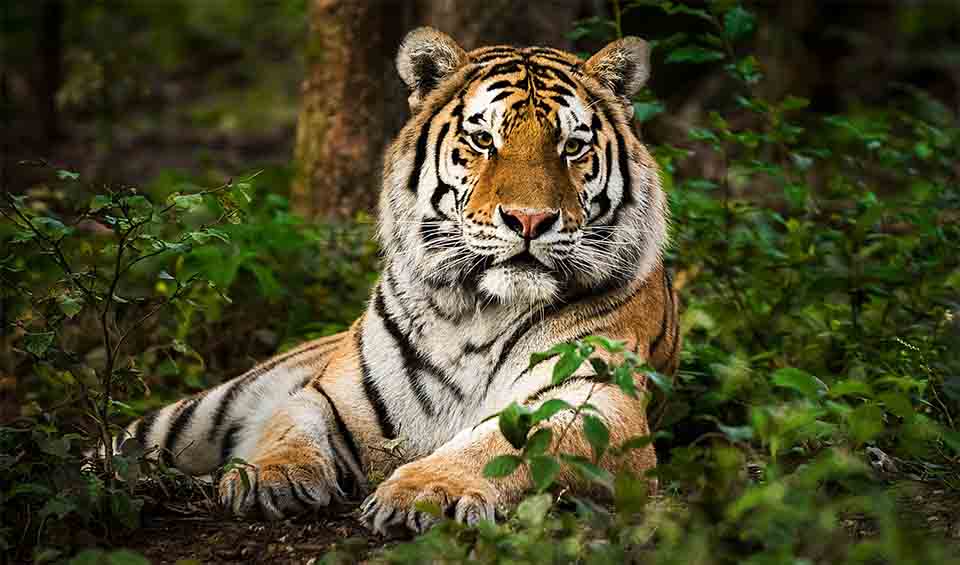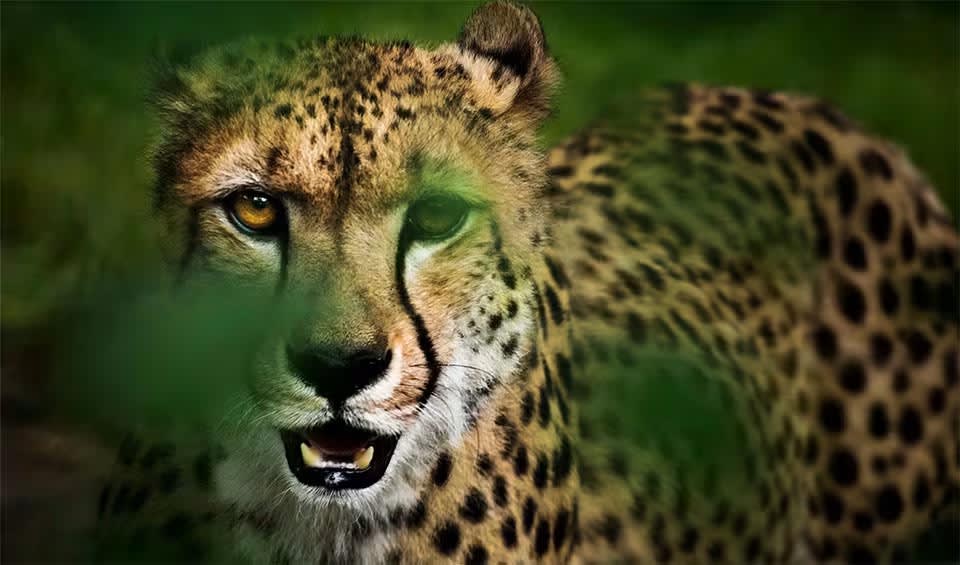A small yet striking amphibian that highlights the incredible range of life found in the Amazon rainforest. Measuring only a few centimeters in length, it displays a dark brown base color contrasted by bright orange or yellow spots, making it hard to ignore despite its tiny size. These bold colors act as a warning signal to predators, letting them know that this little frog is toxic and not an easy meal. In fact, the vibrant hues are a hallmark of many poison dart frogs, all of which rely on their bright coloration to ward off potential threats.
You can typically spot the Brazil-nut poison frog near the forest floor in Brazil’s Amazon region, where the environment is moist, warm, and filled with thick leaf litter and fallen branches. This frog thrives in areas dominated by tall Brazil-nut trees, which form a lush canopy and create a humid atmosphere below. Living at ground level, the frog is diurnal, meaning it is most active during daylight hours. Here, it searches for ants, beetles, and other tiny invertebrates to eat. Its diet helps keep populations of these insects in check, serving as an important balance within the rainforest ecosystem.
Interestingly, males of the species are known for being rather protective of their space. They will stand guard and defend their territory against rivals. This territorial behavior ensures that they have enough food and shelter, as well as a safe space for courting females. Researchers have taken a particular interest in the Brazil-nut poison frog, not only because of its ecological importance but also due to its toxic secretions. These substances, while harmful to predators, could offer clues for medical research, possibly leading to the development of new drugs.
Distribution
 Brazil
BrazilAnything we've missed?
Help us improve this page by suggesting edits. Glory never dies!
Suggest an editGet to know me
Terrestrial / Aquatic
Altricial / Precocial
Polygamous / Monogamous
Dimorphic (size) / Monomorphic
Active: Diurnal / Nocturnal
Social behavior: Solitary / Pack / Herd
Diet: Carnivore / Herbivore / Omnivore / Piscivorous / Insectivore
Migratory: Yes / No
Domesticated: Yes / No
Dangerous: Yes / No




